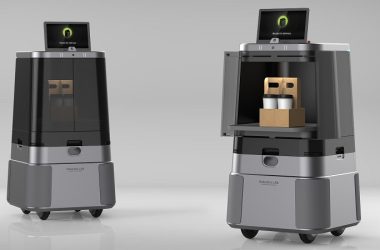In a grand toast to innovation and opulent design, the Mercedes-Benz CL coupe, a brainchild of the legendary Bruno Sacco, marks its silver jubilee with as much splendor as its debut. Cast back to the Geneva Motor Show in March 1999, where it first dazzled the public, this luxury behemoth has since rolled into the annals of automotive history, boasting of a premiere that shook the grounds of the south of France with its autumn press driving presentation.
Dubbed as the “innovation leader” with its groundbreaking Active Body Control (ABC), the CL coupe has waltzed through the years, blending dynamism with comfort in a package that’s as alluring today as it was two and a half decades ago. The vehicle, one of the last to feature the signature of Mercedes-Benz’s head of design, Bruno Sacco, emerged as a pinnacle of luxury, sporting prowess, and technical ingenuity.

Frank Knothe, the engineer behind this marvel, reminisces about ABC’s debut, highlighting its role in redefining vehicle suspension technology. “Active Body Control was perhaps the vehicle’s greatest innovation,” he notes, emphasizing how it brought the CL closer to GT vehicles in performance. The system, born from the company’s 1990s research, used high-pressure hydraulics to counteract body movements, enhancing the driving experience significantly.
The CL’s design also turned heads with its four headlamp visage, streamlined silhouette, and a roofline that screamed speed. Despite being more compact than its predecessor, the C 140, the coupe lost none of its spacious luxury, thanks to a smart blend of materials that shed 340 kilograms off its weight.
Its prowess wasn’t just skin deep. The CL 500 kicked off with a powerful V8 engine, soon followed by a V12 in the CL 600, setting new standards for fuel efficiency and performance. Mercedes didn’t stop there, offering AMG versions that pushed the boundaries of what a luxury coupe could do, culminating in the CL 65 AMG, a beast in its own right.
But the CL’s allure wasn’t just about power and poise. It was packed with technological firsts like Electronic Stability Program (ESP), anti-slip regulation (ASR), and bi-xenon headlamps, ensuring safety and convenience matched its luxury credentials. Features like the innovative door hinge and electronic tyre pressure monitoring underscored Mercedes-Benz’s attention to detail.
As it rolled off the production line for the last time in February 2006, with 47,984 units built, the CL had not just set a benchmark but had etched its name as a symbol of luxurious sportiness. The CL 500, with 32,224 units, remained the crowd favorite, but each model left a legacy of innovation and luxury.
The C 215 also left its mark on the racing world, serving as the Official F1 Safety Car in 2000 and inspiring a limited-edition road-legal version that boasted the world’s first use of fibre-reinforced ceramic brake discs.
As we look back on 25 years of the Mercedes-Benz CL, it’s clear this wasn’t just a car; it was a revolution on wheels, blending power, luxury, and innovation in a dance of dynamism that’s still unmatched. Here’s to the luxe coupe that danced on roads with its ABC magic, leaving an indelible mark on the world of luxury automobiles.







